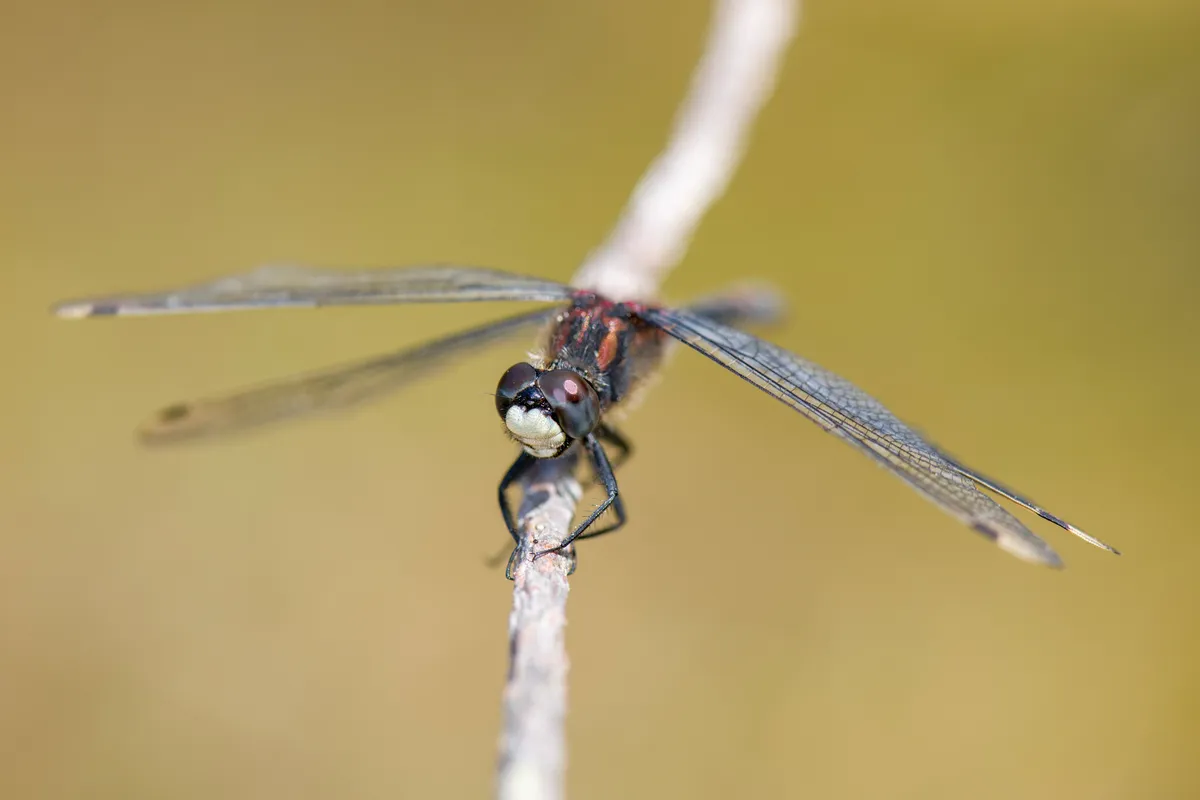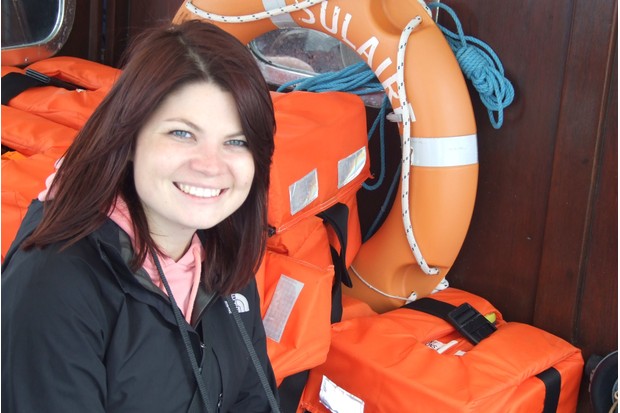There are times when explaining what you’re up to can be tricky for conservationists – particularly when you’re wading in wetlands with a kitchen implement in hand.
“I spend a lot of time in bog pools, burns and lochs, looking at larvae to identify dragonfly and damselfly species – and I get a few funny looks going around with a colander on the back of my rucksack,” says Pat Batty.
Southern species are moving north into Scotland with the changing climate.
For more than 30 years, the now-retired teacher has dedicated her spare time to the conservation and understanding of dragonflies – a role as varied as it is important.
Volunteering as Scottish Recorder for the British Dragonfly Society (BDS), she monitors and records the insects at spots including Taynish National Nature Reserve in Argyll, Forestry Commission sites, SSSIs and other areas. She also leads guided walks, answers queries and provides advice to land managers.

For an Odonata enthusiast, there can be immediate highs: Pat recalls the excitement of finding rare species in new places – azure hawker, northern emerald and white-faced darter larvae in bog pools in the Loch Quoich area, for example, and hairy dragonfly and keeled skimmer in Knapdale. But some of her work has been more directly focused on conservation.
“We’ve been working with the Scottish beaver trial in Knapdale Forest to monitor its impact on dragonflies,” says Pat. “The beavers have made changes to water bodies in the area through dam building and by grazing aquatic vegetation but, fortunately, the dragonflies continue to do okay there.”
Although the Scottish weather doesn’t make it easy, there has been an increase in people visiting habitats to record dragonflies.
Pat is keen to point out that there are always small, inexpensive things that can be done that will have a big effect on dragonflies.
“The British Dragonfly Society is in the process of identifying key sites and getting landowners involved,” she says. “They have hotspots where volunteers can learn about these carnivorous insects.”

Thanks to Pat and her colleagues, more information is already available on the distribution of dragonflies and damselflies in Scotland.
“We’ve discovered that southern species are moving north into Scotland with the changing climate but we don’t know the full effects of this on our northern species yet,” she explains.
Although the Scottish weather doesn’t make it easy, there has been an increase in people visiting habitats to record dragonflies, and Pat continues to inspire volunteers of all ages: “I love seeing the enthusiasm on young people’s faces when they find dragonfly larvae”.
Find out more
British Dragonfly Society: british-dragonflies.org.uk
How you can help
Three projects you can get involved in:
- iRecord Dragonflies app: Identify and log your sightings to support conservation efforts. brc.ac.uk/app/irecord-dragonflies
- Dragonfly Detectives: Help Water for Wildlife create a map of where dragonflies live in London. wildlondon.org.uk/dragonfly-detectives
- PondNet Spawn Survey: Record toad and frog spawn in ponds for this Freshwater Habitats survey (Jan–May) freshwaterhabitats.org.uk
